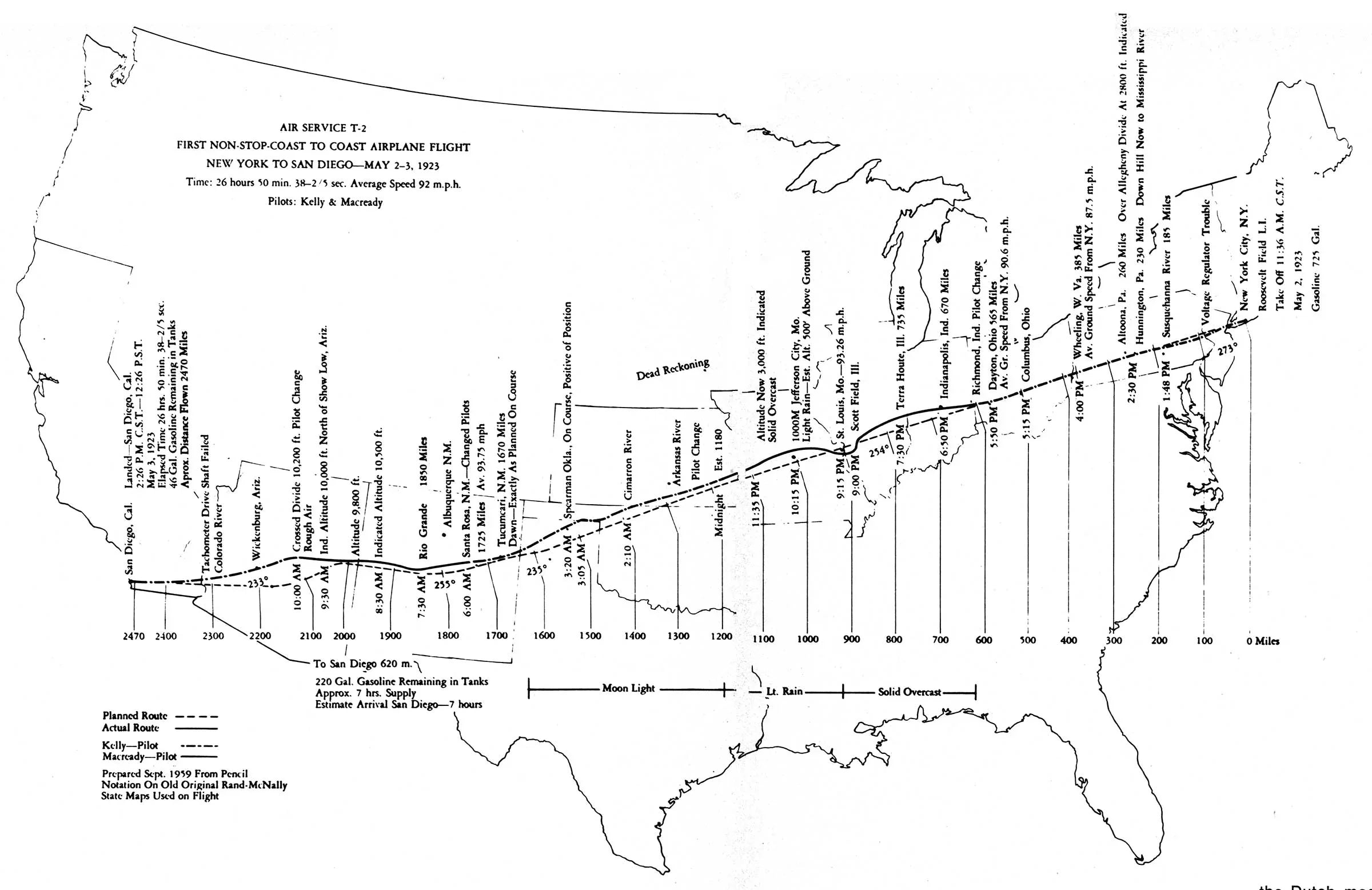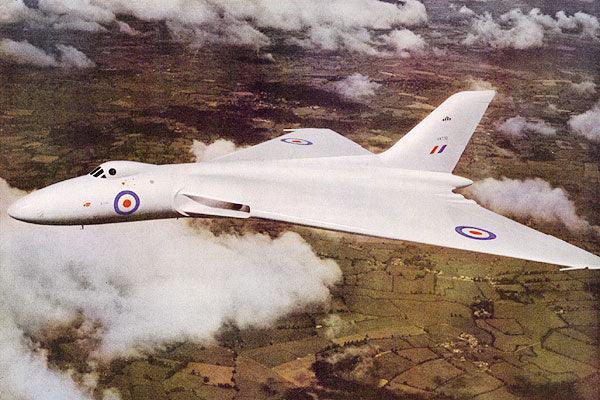The Flying Wing

The first powered all-wing aircraft was created by British Officer John William Dunne.
The first powered all-wing aircraft first flew in 1908. It was a V-shaped biplane, built by a British army officer by the name of John William Dunne.
He called his aircraft the D.4, but had to admit it was more of a "hopper than a flyer".
In 1895 a young boy by the name of John Knudsen Northrop a/k/a Jack Northrop was born, and by 1916 he had become a draftsman for the Loughead Aircraft Manufacturing Company.
In 1923 he switched jobs and became a project engineer for Lockheed Corporation and became the chief engineer for the Lockheed Vega transport.

The Lockheed Vega Transport, the choice of pioneers, daredevils, and explorers.
In 1929 he decided to start his own company, the Avion Corporation, which he sold in 1930.
Two years later in 1932, he founded the Northrop Corporation which became a subsidiary of Douglas Aircraft in 1939.
So, he then co-founded another company named Northrop.

The N-1M 1940's Jack Northrop Flying Wing which could fly at 200 mph
In the 1940's, Jack Northrop created a lot of excitement when he built his incredible "Flying Wing" which did not have a fuselage nor a tail in order to fly!
John K. "Jack" Northrop had a dream to prove that an all-wing aircraft could be more efficient than conventional aircraft.
To prove his theory the craftsmen working for his company Northrop Aviation built the N-1M flying wing using plywood to cover a steel tubular airframe.
The N-1M was a twin-engine flying wing aircraft powered by two Franklin 6AC264F2 120 hp engines driving two propellers in the backside of the wing.
Jack Northrop's theory of the efficiency of a flying wing aircraft was proven early on in the test flight program for the N-1M Flying Wing.
A test pilot was conducting a high-speed taxi test on a dry lake bed in the California desert in July when the Flying Wing hit a rough spot, bounced 10 feet into the air, and had flown several hundred feet before the test pilot landed the flying wing!
The Franklin Engine:

Franklin 6AC264F2 120 hp engine
The N-1M Flying Wing was always underpowered; however, when the test pilots who flew the wing were through it led Northrop Aviation to go on to build the XB-35 and YB-49 prototype heavy bombers.
Dimensions of the N-1M:
- Wingspan: 38 feet
- Length: 17 feet
- Height: 5 feet
- Gross Weight: 4,000 pounds
- Top Speed: 200 mph
- Materials: Plywood over steel tubular structure
Here is a video of the N-1M in flight:
Elimintating The Tail
Once the Wright Brothers found their Wright Flyer gliders could, indeed, fly, they also found it impractical to make their glider turn. No matter how hard they tried, it just would not turn!
After much thought the brothers came up with a solution, they attached a rudder to the glider which combined with the ability to twist the wing allowed the glider to turn! From this point on most budding aircraft designers included a tail for their airplane designs.
It was understood that a fuselage needed a tail to provide aircraft stability and control for the aircraft. But, the more you added to the design the more drag was created, which in turn reduced aerodynamic performance.
Jack Northrop had noticed the increased drag because of the tail structure, and the reduced aerodynamic efficiency.
He knew there was a better solution, and while Northrop wasn't the first designer to imagine an "all-wing" airplane, he did take the idea a lot further than anyone else had.
Thus the N-1M "Flying Wing" which when seen from the front looked like a flying saucer and was sometimes mistaken for a UFO by the public.
The concept of a flying wing aircraft intrigued the U.S. military establishment, and so the Northrop Aircraft Company continued to develop a version for the US military.
The XB-35
On June 25, 1946, the first XB-35 Flying Wing bomber lifted off from the runway and made its maiden flight to Muroc Army Airfield (now known as Edwards Air Force Base.
The XB-35 had eight contra-rotating propellers (propellers rotating in opposite directions from one another) driven by four Pratt & Whitney R-4360 Wasp Major engines.
This was accomplished by an extension shaft and a complex gearbox.
Unfortunately, problems with the propeller governors and the gearboxes doomed the innovative flying wing bomber to early extinction in history.

A photograph of the XB-35 in flight taken by a P-61 fighter aircraft.
The basic concept of the new flying wing bomber was sound and its 172-foot wingspan with its sweptback angle combined and were virtually identical to another aircraft that appeared much later, the iconic B-2 bomber.
The Specifications of the XB-35:
- Type: Strategic heavy bomber
- Engines: Four Pratt & Whitney R4360-17/25 radial piston engines
- Crew: Seven
- Speed: 391 mph
- Range: 2,500 miles
- Ceiling: 40,000 feet
- Maximum Gross Weight: 209,000 pounds
- Wingspan: 172 feet
- Height: 20 feet 1 inch
- Payload: 10,000 pounds of bombs
- Armament: 20 machine guns in seven barbettes
Soon controversy broke out concerning the cancellation of the renamed XB-35, the YB-49.
When it was cancelled by the Air Force in 1949 flying wing technology lay dormant and was presumed dead.
However, in the late 1970s, the idea of the flying wing was considered for a new Advanced Technology Bomber.
I hope you enjoyed this trip through some of the history of aviation. If you enjoyed this trip, and are new to this newsletter, sign up to receive your own weekly newsletter here: Subscribe here:
In our next post, we will look at another flying wing aircraft that encountered initial problems but went on to be an excellent aircraft.
Until next time, keep your eyes safe and focused on what's ahead of you, Hersch!







Leave a comment
This site is protected by hCaptcha and the hCaptcha Privacy Policy and Terms of Service apply.